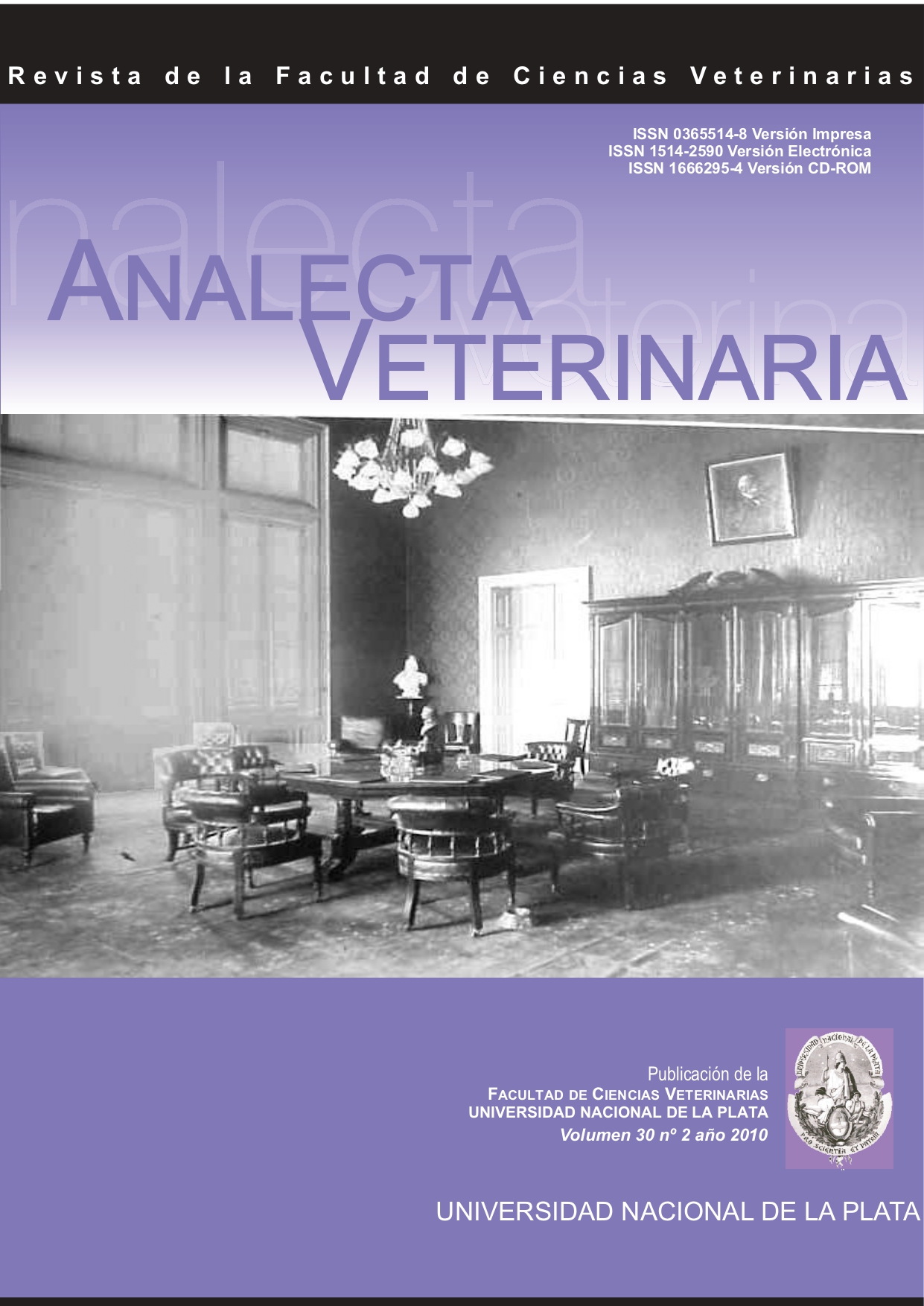Epidemiología y opinión pública de las mordeduras de perro en San Martín de los Andes (Neuquén)
Abstract
Dog bites constitute a widespread and serious epidemiological problem that affects health and welfare of people. The characteristics and opinions on this topic were analyzed for San Martín de los Andes (Neuquén), using information collected during an 18 years period. Dog bite rate increased from 0.65% in 1991 to 0.85% in 2000, and afterward it diminished continuously reaching 0.49% in 2007 and 2008. People under 14 years old were injured in large proportion and most of wounds were slight, caused by owned, mixed breed dogs and in private properties. This epidemiology was similar to that observed in different regions of the world. The majority of polled people did not know about the existing regulations on ownership of company animals and considered necessary to take measures on vagrant dogs. The enforcement of laws on domestic animals would have caused the decreasing of dog bites rate. However, the resolution of this problem is complex also because it occurs in a context of a rapid and accelerated demographic growth.Downloads
Published
How to Cite
Issue
Section
License
Authors retain the copyright and assign to the journal the right of the first publication, with the with the terms of the Creative Commons attribution license. This type of license allows other people to download the work and share it, as long as credit is granted for the authorship, but does not allow them to be changed in any way or used them commercially.

Analecta Veterinaria by School of Veterinary Sciences, National University of La Plata is distributed under a Creative Commons Attribution-NonCommercial-NoDeriv 4.0 International License.

























